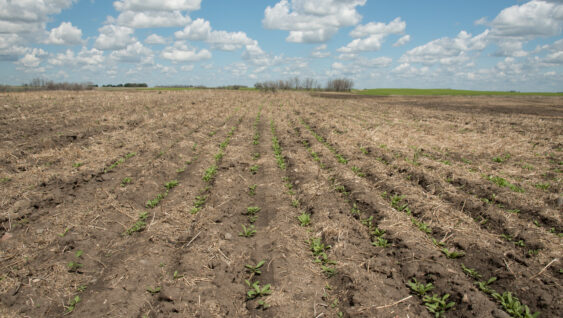4 Tips to Ensure Your Best Soil Sample Yet

Soil sampling to determine nutrient status is one of the most economical management practices for crop production. By understanding your crop nutrient status you can better determine how much P, K and lime should be applied this fall to prepare for a successful crop next year. However, the first step is conducting your soil sample the right way.
4 simple tips you should follow to help ensure a good representative sample:
-
Use Clean Tools:
Make certain that soil probes and plastic buckets are clean prior to sample collection. Using contaminated equipment can alter soil test information.
-
Collect Enough Cores:
Collect a minimum of 15 random soil samples from a representative area to create a composite sample. Collecting too few samples can cause inaccurate information and poor repeatability in future years.
-
Sample at Consistent Depths:
Collecting samples at too shallow of a depth may cause nutrient concentrations to appear higher than what they really are, and sampling too deeply can cause nutrient concentrations to appear less than what they really are.
-
Thoroughly Mix Cores:
Thoroughly mix your samples in a clean bucket before collecting the grab sample that will be submitted to the lab. The total amount of soil that is actually analyzed is small, so a poorly mixed sample can cause significant variability.
For more on these tips, click here for a video from Agronomist Robert Mullen and Iowa State Professor Antonio Mallarino.


